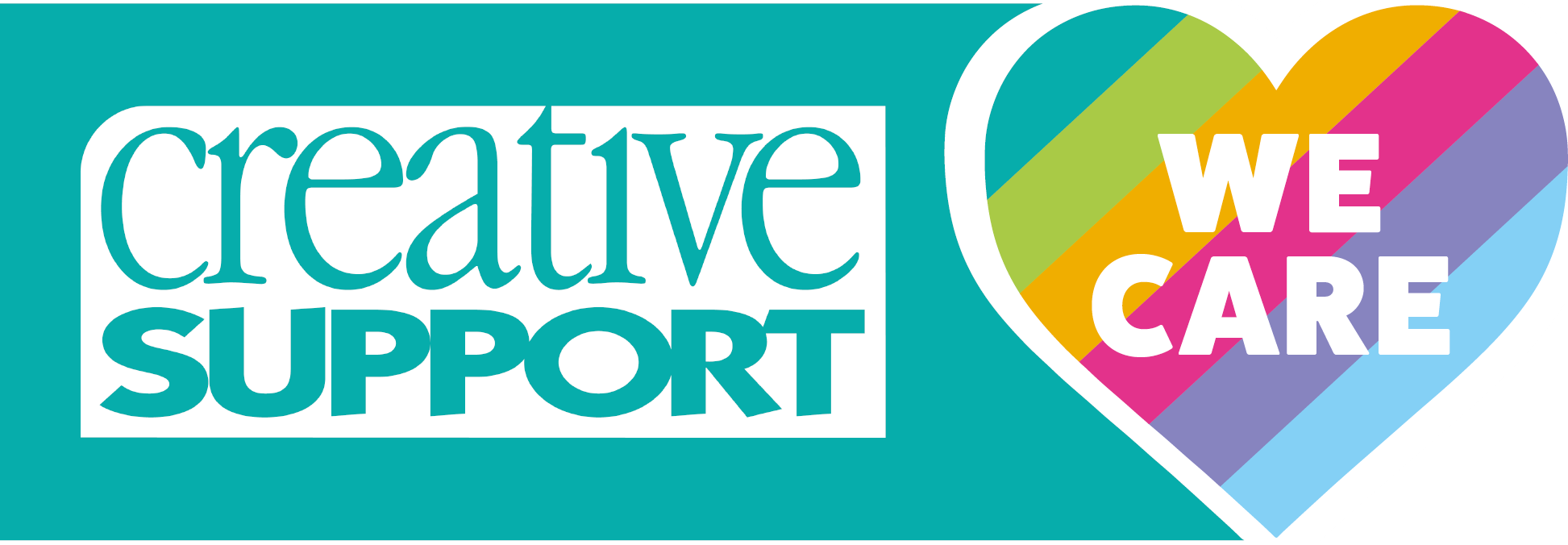Anna’s Blog – The Broken Rung
 Many of us have heard of the ‘glass ceiling’; a term used to describe an invisible barrier that prevents women and other minorities from reaching senior positions in an organisation. However, research shows that long before hitting the glass ceiling, women face a ‘broken rung’. A broken rung is a term to illustrate that women struggle to get promoted beyond entry-level roles, leaving them trapped in lower-level positions. Its prevalence was demonstrated in the 2023 McKinsey Women in the Workplace report (produced with LeanIn.org), which focuses on the experience of women in America and Canada but reflects a global phenomenon.
Many of us have heard of the ‘glass ceiling’; a term used to describe an invisible barrier that prevents women and other minorities from reaching senior positions in an organisation. However, research shows that long before hitting the glass ceiling, women face a ‘broken rung’. A broken rung is a term to illustrate that women struggle to get promoted beyond entry-level roles, leaving them trapped in lower-level positions. Its prevalence was demonstrated in the 2023 McKinsey Women in the Workplace report (produced with LeanIn.org), which focuses on the experience of women in America and Canada but reflects a global phenomenon.
The ‘broken rung’ is a result of systemic and cultural issues that exist, including prejudice and discrimination, unconscious bias, cultural stereotypes and uneven division of caring responsibilities. Rachel Thomas, CEO of LeanIn.org, calls the broken rung “the biggest barrier to women’s advancement. Companies are effectively leaving women behind from the very beginning of their careers, and they can never catch up.”
There is a clear hurdle for women progressing at the beginning and middle of the career pipeline. In a 2023 report by HiBob, only 16% of UK women received promotions compared to 23% of men. By having fewer women in senior positions, they are less likely to be promoted to directors or CEOs and it becomes increasingly more difficult to bridge the gap. There is an inequity that starts at the beginning of the career ladder.
One reason for the lack of advancement is due to unconscious bias which perceives women as being less capable to perform in these roles. The McKinsey report found that nearly half of women experienced microaggressions at work that questioned their competence and abilities, and were twice as likely as men to be interrupted and hear comments about their emotional state. These have a lasting effect on performance and self-image, as women who experienced microaggressions were nearly four times as likely to feel they did not have an equal opportunity to advance, and over four times more likely to feel burned out. Women with disabilities are particularly affected, and were the most likely to have others take credit for their ideas, have their judgment questioned, and avoid speaking up. LGBTQ+ women were the most likely to feel pressure to change their appearance and hide aspects of their identity to fit in.
 In addition to this, another reason for women becoming ‘stuck’ in their careers is due to maternity and caring responsibilities. Following from my last blog about pay gaps, the current gender pay gap stands at 7.7% less for women, and further widens for those who have children. The UK’s Institute for Fiscal studies found that the pay gap increases steadily after the birth of a woman’s first child, rising from around 7% at the time of birth to almost 35% twenty years later. By the age of 42, full-time working mothers are earning 11% less than those without children.
In addition to this, another reason for women becoming ‘stuck’ in their careers is due to maternity and caring responsibilities. Following from my last blog about pay gaps, the current gender pay gap stands at 7.7% less for women, and further widens for those who have children. The UK’s Institute for Fiscal studies found that the pay gap increases steadily after the birth of a woman’s first child, rising from around 7% at the time of birth to almost 35% twenty years later. By the age of 42, full-time working mothers are earning 11% less than those without children.
Maternity pay and the need to reduce hours to accommodate family commitments contribute to women earning less than men, but are not the only reasons. A study from the UK Government exploring the pay gap disparity concluded that “a substantial amount remains unexplained”, suggesting that unconscious bias may play a significant role. A treasury-commissioned review found that women who return to work after a career break for family or caring duties struggle to return to their ‘old’ jobs, and feel torn between family and work commitments. The pay gap widens initially due to women taking time away from work to care for their family, and unconscious bias affects their return to work due to being seen as less capable or less reliable. In a 2023 report from the Young Women’s Trust, one in five HR executives admitted their reluctance to hire women based on the belief they may go on to start families.
When exploring the progression of those just starting out in their careers, the Young Women’s Trust found that women aged 18-30 in the UK are losing out £5,000 a year compared to their male counterparts. This is largely due to entering sectors and lower paid roles and becoming stuck at the bottom of the career ladder. For young women aged 18-30, the pay gap means that they earn a fifth less per year than a man of the same age.
Since the introduction of mandatory pay gap reporting and equality laws in 2017, the number of women in managerial positions has been steadily increasing. According to a 2022 UK report by Grant Thornton, women made up 32% of senior management positions, which is the highest level since the report began in 2004. However, for women of colour this progression is stunted. In a 2022 report by The Fawcett Society, 42% of women of colour in the UK reported being passed over for a promotion, compared to 27% of white women. Women of colour were also more likely to report a manager blocking their progression at work. There is a clear lack of representation in senior roles, as shown by a 2022 report by the City of London. They found that while 36% of senior leaders were female, 86% of these women were white. Women of colour from working class backgrounds made up just 1% of senior positions.
 CEO and author Minda Harts comments on unconscious bias affecting the numbers of senior leaders: “When senior leadership is predominantly male and white, an unconscious bias might lead them to trust individuals who mirror their own experiences or backgrounds. As a result, women of colour may be disproportionately overlooked for promotions.” Despite representation for women overall steadily increasing, there is a disproportionate effect on women of colour that is worsening. Systemic bias and stereotypes can be a large factor causing women of colour to be affected, and less trusted for higher paid roles as they do not ‘mirror’ their senior peers.
CEO and author Minda Harts comments on unconscious bias affecting the numbers of senior leaders: “When senior leadership is predominantly male and white, an unconscious bias might lead them to trust individuals who mirror their own experiences or backgrounds. As a result, women of colour may be disproportionately overlooked for promotions.” Despite representation for women overall steadily increasing, there is a disproportionate effect on women of colour that is worsening. Systemic bias and stereotypes can be a large factor causing women of colour to be affected, and less trusted for higher paid roles as they do not ‘mirror’ their senior peers.
While it is true that there is a larger representation of women in higher positions than previous years, there still persists a struggle and lack of progression at the middle of the ladder and a deteriorating representation of women of colour. The McKinsey report describes fixing the broken rung as a “tangible, achievable goal”, which must be tackled head-on in order to improve representation at all levels. By delivering training for managers, tracking outcomes for women’s representation and creating an open culture where people can speak out against microaggressions, we can begin to address an inequity that has persisted for far too long.
Creating safe and supportive pathways for women is something we are passionate about at Creative Support, with a 75% female workforce. 79% of our senior staff (Senior Support Worker and above) are female, and 82% of senior managers are female. Our focus in recent years has moved to creating pathways for women of colour, with the appointment of our new EDI Officer. We are also funding places on Skills for Care’s Moving Up programme for Black and minority group leaders to advance in their career. Applications are open now, and if you are interested you can contact Kizzy Green for more information.
